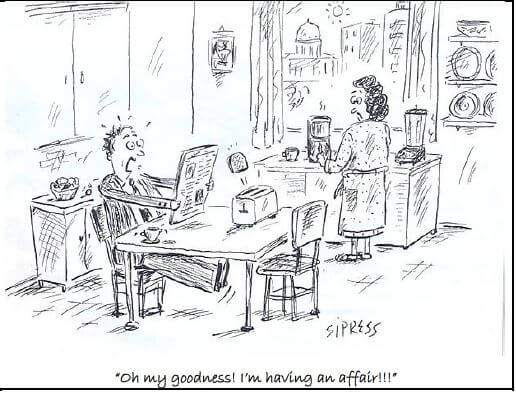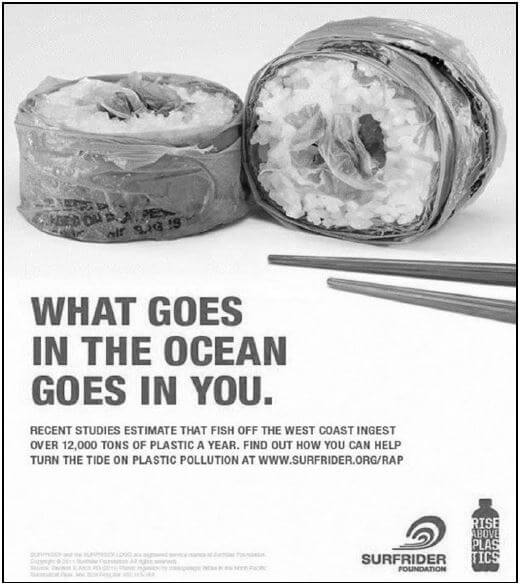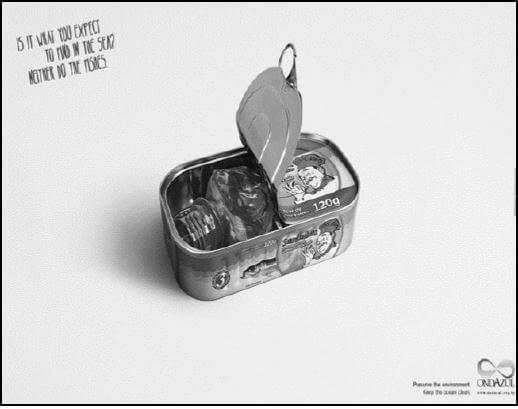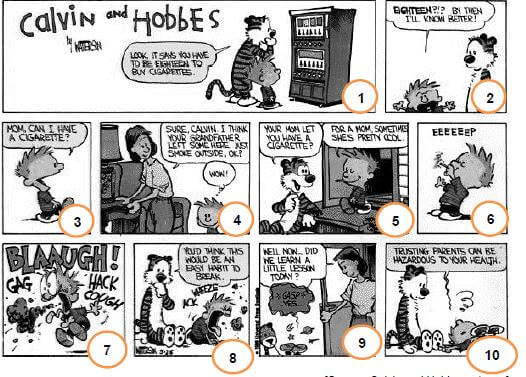English Home Language P1 Grade 12 Questions - NSC Exams Past Papers and Memos September 2019 Preparatory Examinations
Share via Whatsapp Join our WhatsApp Group Join our Telegram GroupINSTRUCTIONS AND INFORMATION
- This question paper consists of THREE sections:
SECTION A: Comprehension (30)
SECTION B: Summary (10)
SECTION C: Language structures and conventions (30) - Read ALL the instructions carefully.
- Answer ALL the questions.
- Start EACH section on a NEW page.
- Rule off after each section.
- Number the answers correctly according to the numbering system used in this question paper.
- Leave a line after each answer.
- Pay special attention to spelling and sentence construction.
- Suggested time allocation:
SECTION A: 50 minutes
SECTION B: 30 minutes
SECTION C: 40 minutes - Write neatly and legibly.
QUESTIONS
SECTION A: COMPREHENSION
QUESTION 1: READING FOR MEANING AND UNDERSTANDING
Read TEXTS A and B below and answer the questions set.
TEXT A
IF IT BLEEDS, IT LEADS: UNDERSTANDING FEAR-BASED MEDIA Managing depression requires you to mind your media intake.
[Source: https://www.psychologytoday.com] |
TEXT B 
[Source: Psychology Today.com]
QUESTIONS: TEXT A
1.1 Refer to line 1: ‘Managing depression requires you to mind your media intake’. Explain the meaning of line 1 in your own words. (2)
1.2 Is the following statement TRUE or FALSE? Motivate your answer by quoting SEVEN consecutive words from paragraph 1. The news business is trustworthy. (2)
1.3 ‘News programming uses a hierarchy: if it bleeds, it leads’ (line 16). How does this slogan affect your understanding of news reporting? (2)
1.4 Critically comment on the motives of news agencies in paragraph 2 in the context of ethical values. (3)
1.5 In your view, what does the use of a ‘teaser’ imply about the news broadcasters (line 18)? (3)
1.6 What is your opinion on the practice of ‘stunting’ (line 30)? (3)
1.7 Why is the ‘crawl’ (paragraph 5) used specifically during entertainment programmes? (2)
1.8 Identify THREE results of fear-based media. Use your own words. (3)
1.9 Refer to paragraph 8. Discuss the writer’s intention in using this paragraph as the conclusion to his article. (3)
QUESTIONS: TEXT B
1.10 Refer to TWO visual clues and explain how these convey the man’s state of mind. (3)
QUESTION: TEXTS A AND B
1.11 Do you think that Text B is an accurate depiction of the message of Text A? Motivate your answer by referring to both texts. (4)
TOTAL SECTION A: 30
SECTION B: SUMMARY
QUESTION 2: SUMMARISING IN YOUR OWN WORDS
TEXT C provides insight into how the portrayal of the Disney princess has changed during the past thirty years. Summarise these changes in your own words.
NOTE:
- Your article should include SEVEN points and NOT exceed 90 words.
- You must write a fluent paragraph.
- You are NOT required to include a title for the summary.
- Indicate your word count at the end of your summary.
TEXT C
Disney has taken many hits for their portrayal of women over the years, particularly the Disney princesses. However, there has been a shift at the Mouse House which shows Disney writers may have been listening to the critiques all these years. While some see 1989’s The Little Mermaid as the pinnacle of all that is wrong with Disney, it represents a turning point. The film is a marked departure from its predecessors: Ariel is the first truly rounded princess. She has opinions, flaws, and interests. While some see her giving up her life with her family for a man, she always wanted a different life from the one she had. Her encounter with Prince Eric is merely a call to action for something she might have done anyway. Whatever side of the argument you agree with, Ariel is a vast improvement over the meek, passive women who came before her. Even with these flaws, Ariel paved the way for a new breed of princess. Not the perfect embodiment of woman on screen, but a more balanced, active protagonist. Belle is a well-read, intelligent character who resists societal expectations. However misguided, she sacrifices herself to save her father. The film has its issues, but Belle is a strong character. Princess Jasmine in Aladdin is given more to do than faint and be a victim. She impresses with her intellect and wit. In fact, Aladdin is almost a swap of the gender norms seen in the early films, with the boy transforming in pursuit of love. Although none of these films are perfect in their portrayal of women, Disney clearly began thinking of how women were viewed as they progressed with their princess brand. How else can we explain their next two “princesses” after Jasmine being Pocahontas and Mulan? While not perfect, these women mark the greatest improvement in the character of the princess. Pocahontas is probably the only Disney princess never to question her worth as a person; rather, her insecurities stem from how to protect her people. Mulan subverts all societal expectations to pursue her own course (becoming a feminist). [Adapted from Passive Damsels to Active Heroes by Melissa Hugel, November 12, 2013] |
TOTAL SECTION B: 10
SECTION C: LANGUAGE STRUCTURES AND CONVENTIONS
QUESTION 3: ANALYSING ADVERTISING
Study the following advertisements (TEXTS D and E) and answer the questions set.
TEXT D
[Source: Best print ads of 2018]
3.1 Account for the Surfrider Foundation’s choice of logo. (2)
3.2 How does the slogan emphasise the message of this advertisement? (2)
TEXT E
[Source: Best print ads of 2018] 
[www.ondazul.org.br]
QUESTIONS: TEXT E
3.3 Explain the effectiveness of the rhetorical question in the copy of this advertisement for canned sardines. (2)
QUESTION: TEXT D AND E
3.4 Critically comment on how the inclusion of plastic in the graphics in these two advertisements reinforces the advertisers’ message. (4) [10]
QUESTION 4: UNDERSTANDING OTHER ASPECTS OF THE MEDIA
Study TEXT F and answer the set questions.
TEXT F: CARTOON 
[Source: Calvin and Hobbs cartoons]
QUESTIONS: TEXT F
4.1 Refer to FRAME 2. What does the use of the bold lettering and punctuation reveal about the boy’s (Calvin’s) attitude? (2)
4.2 Refer to FRAME 8. Explain the reason for the tiger’s conclusion. (2)
4.3 Refer to FRAME 7. Critically discuss the effectiveness of TWO techniques used by the cartoonist. (3)
4.4 Discuss the irony in the last frame. (3) [10]
QUESTION 5: USING LANGUAGE CORRECTLY
Read TEXT G, which contains some deliberate errors, and answer the questions set.
TEXT G
HONEST CHOCOLATE CAFÉ
[Adapted from http://honestchocolate.co.za] |
QUESTIONS: TEXT G
5.1 Honest Chocolate is a small artisanal Bean to Bar chocolate company based in Cape Town, South Africa. (lines 1–2) Identify the part of speech of the underlined word. (1)
5.2 ‘We believe in keeping things handcrafted, using old school methods, using quality organically produced ingredients and making a pure chocolate that has a deliciously distinct feel and taste.’ (lines 2–4) Study the above sentence, then choose the correct answer from the options provided. Write only the question number and the option of your choice.
This sentence is an example of a …
- complex sentence.
- compound sentence.
- simple sentence.
- compound-complex sentence. (1)
5.3 Which punctuation mark could be used to replace the dash in line 6 without changing the meaning of the sentence? (1)
5.4 ‘Our goal is to have ethical consideration for people and the environment by sourcing products local and fair.’ (lines 6–8) Rewrite this sentence so that it is grammatically correct. (1)
5.5 Identify and correct the spelling error in paragraph 3. (1)
5.6 Explain the different functions of the apostrophes in line 13. (2)
5.7 Quote ONE example from paragraph 6 to prove that the register is colloquial. (1)
5.8 Correct the sentence with the unrelated participle in paragraph 7. (1)
5.9 Correct the concord error in paragraph 8. (1) [10]
TOTAL SECTION C: 30
GRAND TOTAL: 70